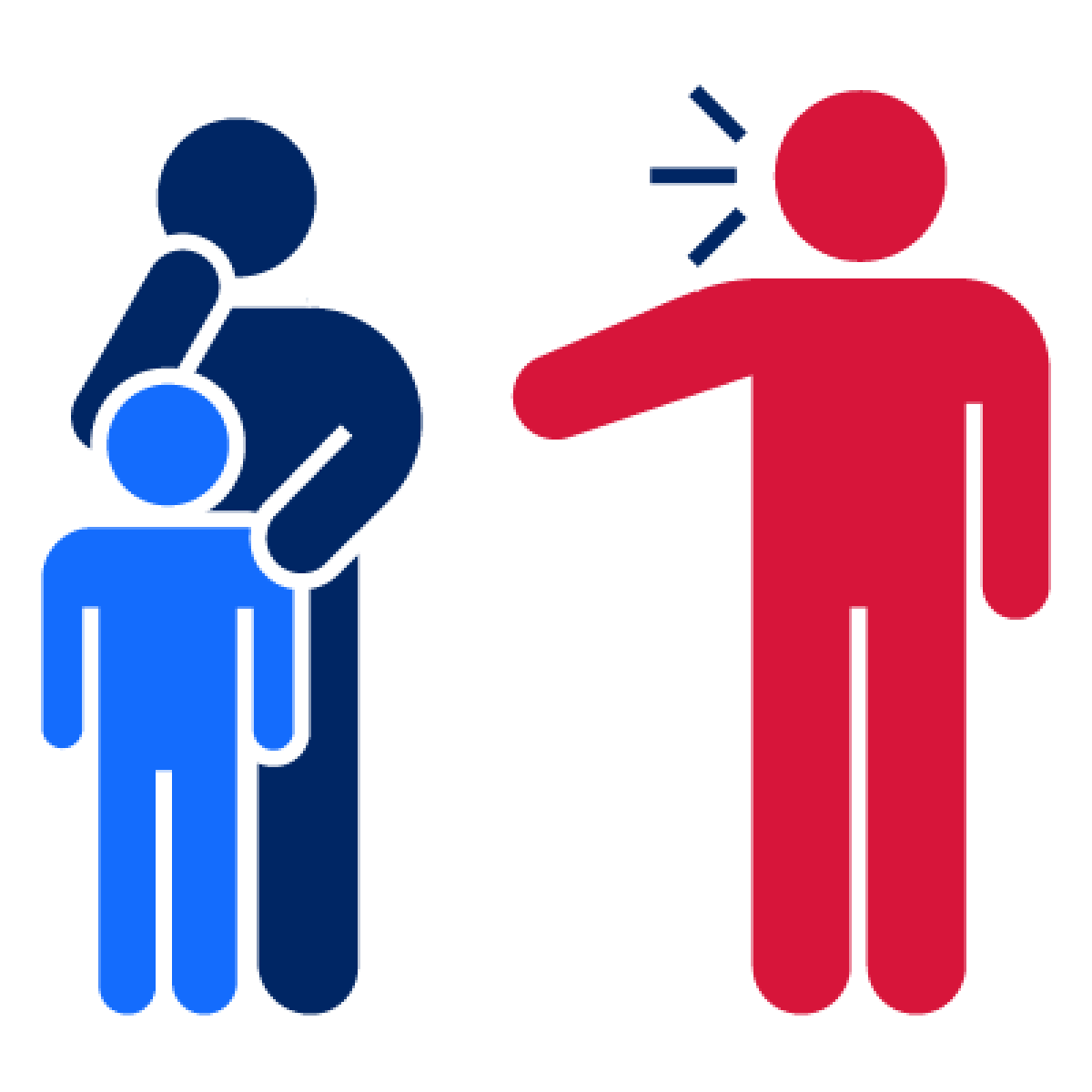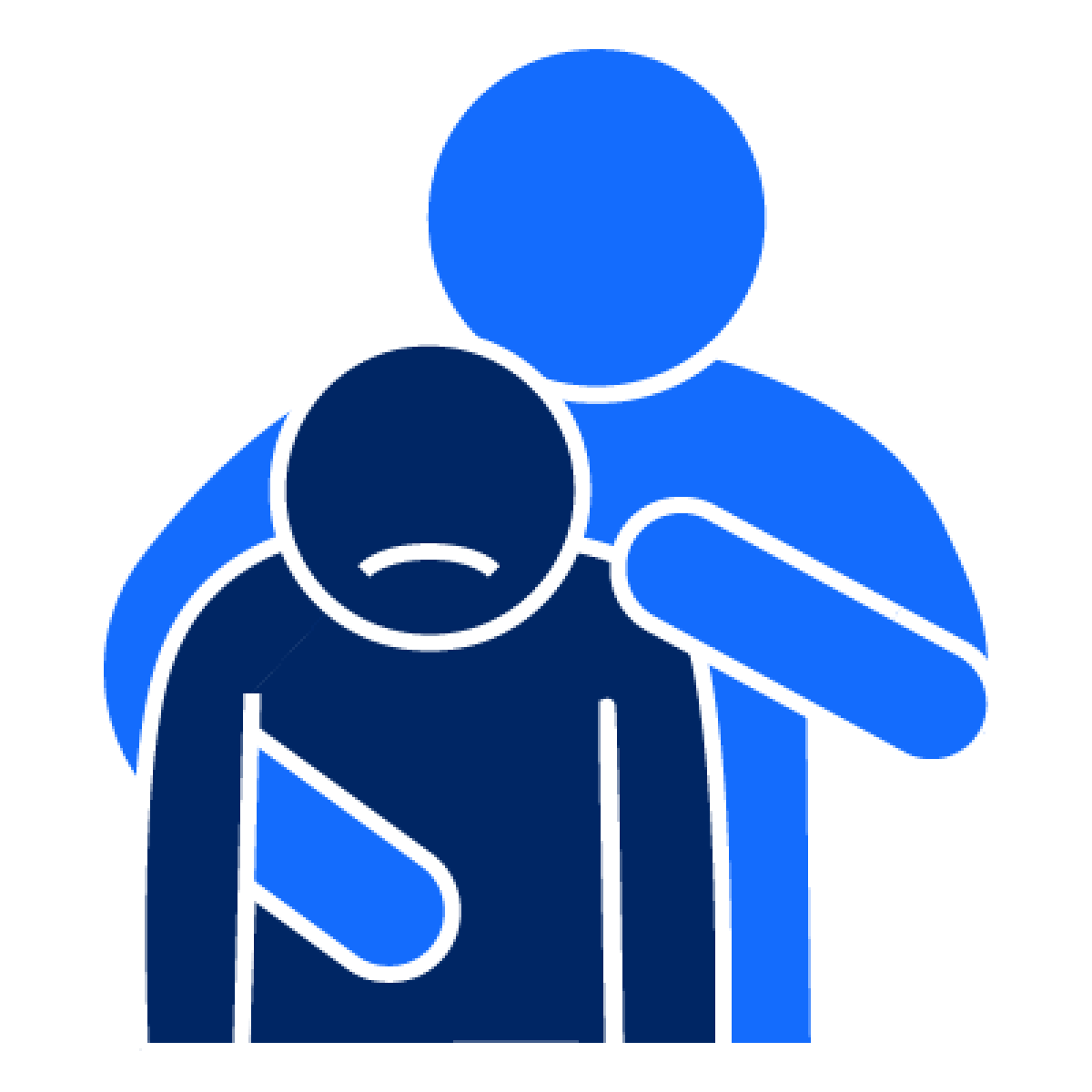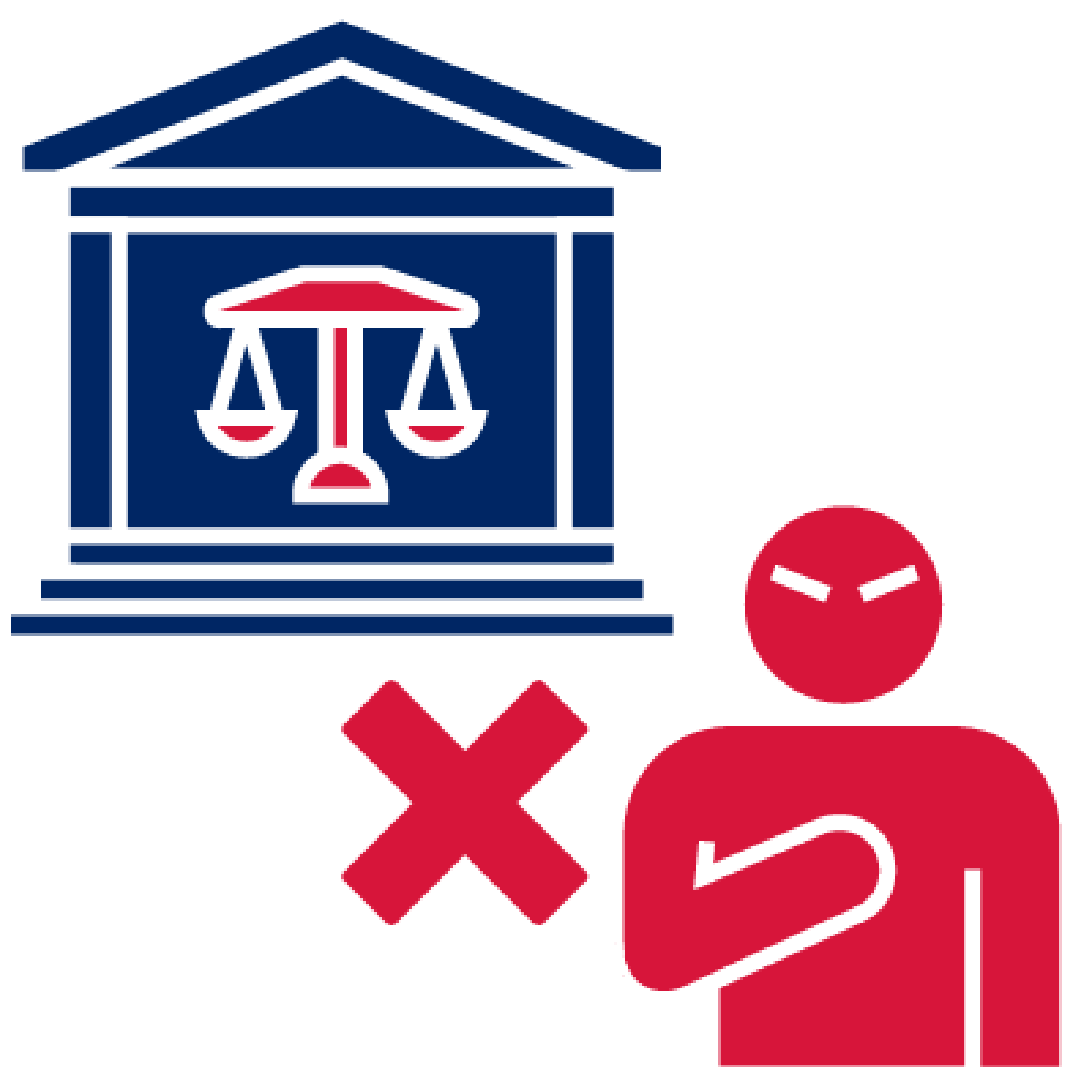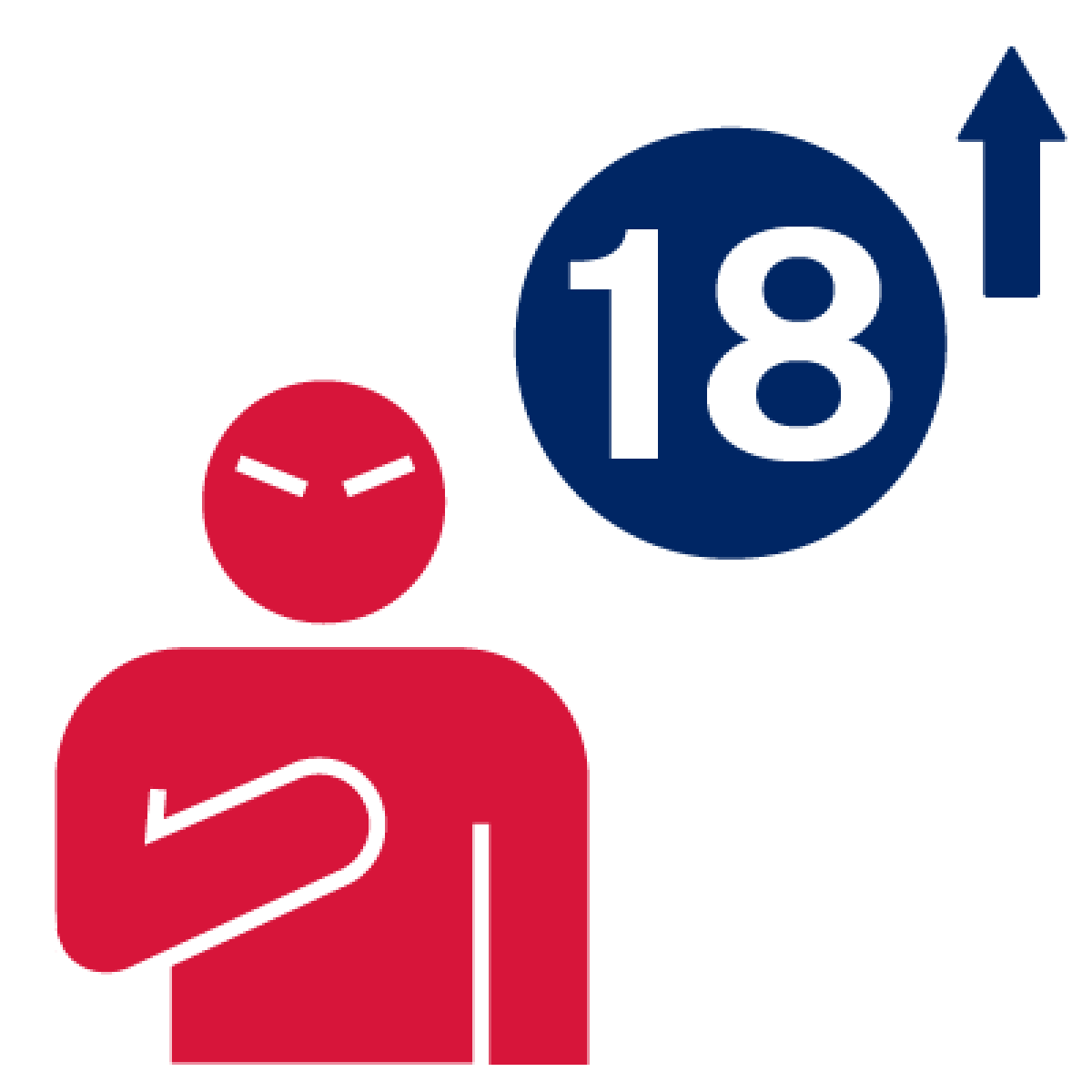Types of apprehended violence orders
An Easy Read guide about what an apprehended violence order (AVO) is and how it works.
Image

In this guide, we explain how the court can protect you using an apprehended violence order (AVO).
Image

Violence is when someone:
- hurts you
- scares you
- controls you.
What is an AVO?
Image

An AVO is a legal order to protect someone from being harmed by another person.
Image

You can apply for an AVO if someone has:
- used violence against you
- scared or threatened you.
Image

An AVO explains the rules a person must follow.
These rules are called orders.
You can find out more about orders in an AVO on our website.
Image

There are 2 types of AVO:
- apprehended domestic violence order
- apprehended personal violence order.
We explain these below.
Apprehended domestic violence order
Image

This is a type of AVO that protects people from family and domestic violence.
Image

Family and domestic violence is when someone close to you hurts you, such as:
- your partner, like your boyfriend or girlfriend
- someone in your family
- someone who takes care of you
- someone you live with.
Image

It also includes people who used to be close to you.
For example, an ex-partner.
Apprehended personal violence order
Image

This is a type of AVO that protects people from someone they are not very close to.
Image

For example:
- a neighbour
Image

- someone they work with
Image

- someone who used to be their friend
Image

- someone who bullies them at school.
What is a provisional AVO?
Image

A provisional AVO is an AVO the police can apply for to protect someone straight away.
Image

It lasts until the court decides about:
- an interim AVO
Image

- a final AVO.
Image

A person can have an interim or final AVO and a provisional AVO at the same time.
This can happen if the AVOs have different orders.
Image

The court can decide to add new orders from the provisional AVO to the interim or final AVO.
What is an interim AVO?
Image

This is an AVO made by the court to protect someone while they decide about the final AVO.
Image

The court must make an interim AVO if the person took part in a serious crime.
Image

For example, sexual assault.
Sexual assault is when someone:
- does something sexual to you that you don’t want them to do
- makes you do sexual things you don’t want to do.
Image

A provisional AVO can become an interim AVO if the court sees proof that someone is in danger.
What is a final AVO?
Image

A final AVO protects someone from being harmed by another person for a long time.
Image

You need to go to court to get a final AVO.
You need to prove that someone has:
- used violence against you
- scared or threatened you.
Image

The court will decide if they need to give someone a final AVO.
Image

The court can still decide about the final AVO if the person using violence doesn’t come to court.
Image

The court will also decide how long the final AVO should last.
Image

But some final AVOs don’t end.
This only happens if:
- the person who needs protection asked for it
Image

- the person who needs protection will still be at risk of violence
Image

- the person using violence was more than 18 years old when the AVO started.
How can you change or end an AVO?
Image

If you applied for an AVO, you can ask the court to change it.
Image

For example, if you want:
- the AVO to last longer
- to change the orders
- to end the AVO.
Image

A person who received the AVO can also ask to change it.
Image

They must ask the court before they can apply to change the AVO.
More information about AVOs
Image

Other pages for you: